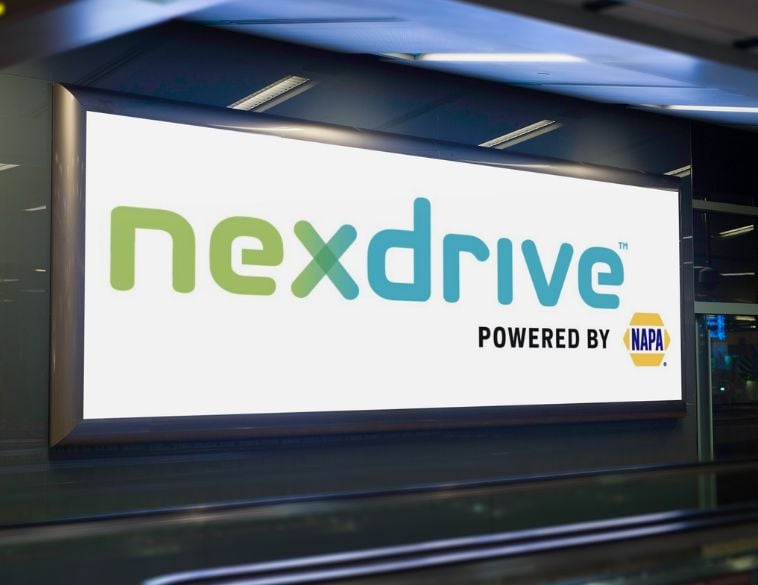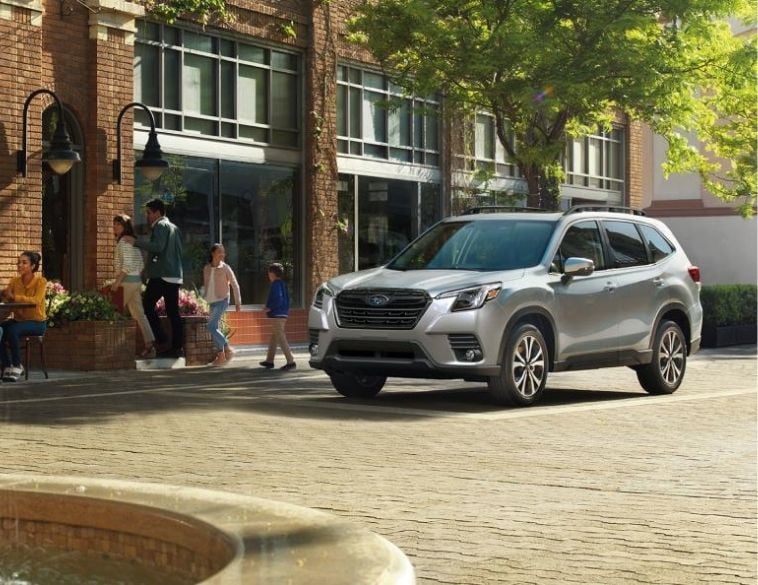New-vehicle retail sales for the month of November are expected to decline from November 2019, according to a joint forecast from J.D. Power and LMC Automotive.
Retail sales for new vehicles are projected to reach 1,040,000 units, a 0.7% decrease compared with November 2019 when adjusted for selling days. November 2020 contains three fewer selling days and one less selling weekend when compared with November 2019. Comparing the same sales volume without adjusting for the number of selling days translates to a decrease of 12.2% year over year.
The Total Sales Forecast
Total new-vehicle sales for the month of November, including retail and non-retail transactions, are projected to reach 1,208,100 units, a 3.5% decrease from November 2019 when adjusted for selling days. Reporting the same numbers without controlling for the number of selling days translates to a decrease of 14.6% from November 2019. The seasonally adjusted annualized rate (SAAR) for total new-vehicle sales is expected to be 15.8 million units, down 1.3 million units from 2019.
Prices
The average incentive from manufacturers on new vehicles is on pace to be $3,866 per vehicle, a decrease of $657 from a year ago and the third consecutive month below $4,000. Expressed as a percentage of the average vehicle MSRP, incentives for November are 9.0%, down two percentage points from a year ago, and the fourth consecutive month below 10%. For context, incentive spending per unit is 22% lower than when it peaked at $4,953 per unit in April 2020. Retailers also continue to offer smaller discounts on new-vehicle sales. Total grosses per unit, inclusive of finance and insurance income, are on pace to reach $2,144, an increase of $776 from a year ago. This marks the fifth consecutive month above $2,000.
Average transaction prices are expected to reach another all-time high, rising 8.3% to $37,099. Disciplined incentives and discounting, along with the shift towards more expensive trucks and SUVs, remains the key drivers. SUVs and trucks are on pace to account for a combined 78% of retail sales compared with 74% a year ago. For context, average transaction prices are 18% higher in November 2020 than they were in November 2015 at $31,397.
Interest rates
Low-interest rates and higher trade-in values are supporting higher transaction prices. The average interest rate for loans in October is expected to fall 91 basis points from a year ago to 4.4%. Over the same time, the average monthly finance payment is up only $19 to $602. Concurrently, the average trade-in value has risen to $5,175, an increase of $772, or 17.5%, from a year ago. Loan terms are relatively stable with the average term up only one month, to 70 months, compared with a year ago.
The Details
- The average new-vehicle retail transaction price in November is expected to reach a record $37,099. The previous high for any month of $36,755 was set in October 2020.
- Average incentive spending per unit in November is expected to reach $3,866, down from the previous monthly record of $4,523, set in November 2019. Spending as a percentage of the average MSRP is expected to reach 9.0%, down two percentage points from a year ago.
- Average incentive spending per unit on trucks and SUVs combined is expected to be down $742 to $3,880, while the average spending on cars is expected to be flat at $4,230.
- Consumers are on pace to spend $38.6 billion on new vehicles, down $2 billion from November 2019.
- Truck/SUVs are on pace to account for 78.1% of new-vehicle retail sales.
- Fleet sales are expected to total 168,100 units, down 18% from November 2019 on a selling day adjusted basis. Fleet volume is expected to account for 14% of total light-vehicle sales, down from 16% a year ago.



